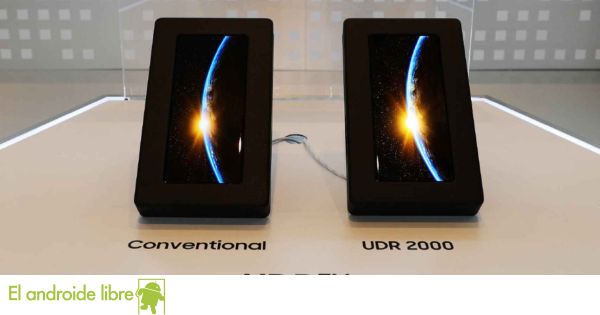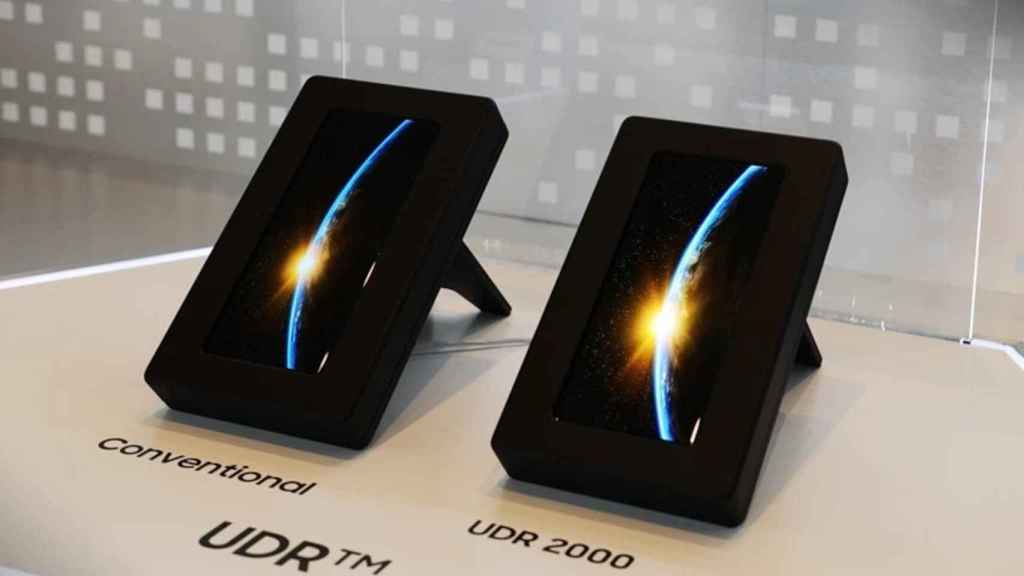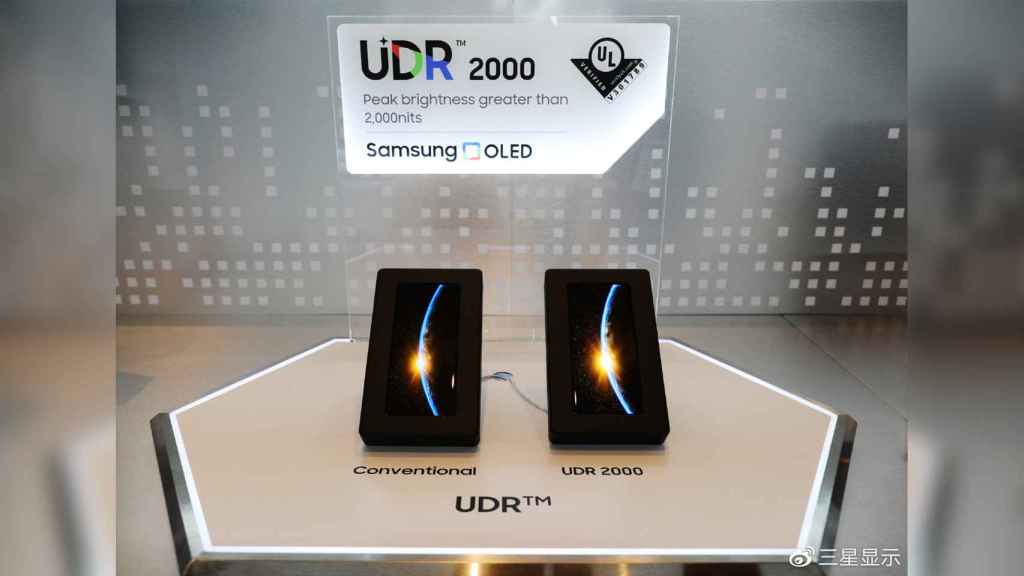The Samsung Galaxy S23 is getting closer, and while we already know many of its technical details, there are still some unknowns; Today, Samsung may have anticipated what the screen of the S23, or that of a possible later model, will look like. And there is good news.
[La pantalla Flex Hybrid de Samsung que deseamos tener ya en los móviles: se desliza para ser una tablet]
The new OLED panel is the brightest ever, and that’s important for a simple reason: how many times have you tried to use your phone on a sunny day and couldn’t, even at maximum brightness? Moreover, brightness also affects image quality, so it is important even when using your phone indoors.
The brightest mobile screen
The display, shown at CES 2023, is the first OLED-based display to receive UDR 2000 verification, indicating the panel is capable of reaching a maximum brightness of 2,000 nits. That’s a significant leap, considering that many of today’s high-end mobiles have screens that max out at 1,000 nits. However, the Galaxy S22 Ultra already had a display that topped out at 1,750 nits, and that’s what tells us that this new panel will likely be used in its successor, the Galaxy S23 Ultra.
Samsung’s new UDR 2000 display on the right
Technically, the mobile that uses this screen will not be the first to boast this figure. Apple has already advertised the iPhone 14 as capable of reaching 2,000 nits, but there are two things to keep in mind: it hasn’t received the same verification (granted by scientific company UL Solutions), and Apple uses panels made by Samsung, so at the same time In the end it is the Korean company that can really be the market benchmark.
An interesting detail is in the name UDR 2000; Although Samsung has not explained it, it is possible that the UDR comes from Ultra Dynamic Range, and that it is the evolution of HDR (High Dynamic Range).
UDR is the new brand superior to HDR that Samsung wants to promote
In other words, the greater brightness will go hand in hand with greater dynamic range, which will result in more reliable and spectacular images, superior to what modern mobiles can achieve when playing HDR content. This is reinforced in the comparison shown by Samsung, which puts a “normal” OLED panel next to one of the new UDR 2000s; This tells us that the company is already clear on marketing, at least.
You may be interested
Follow the topics that interest you










